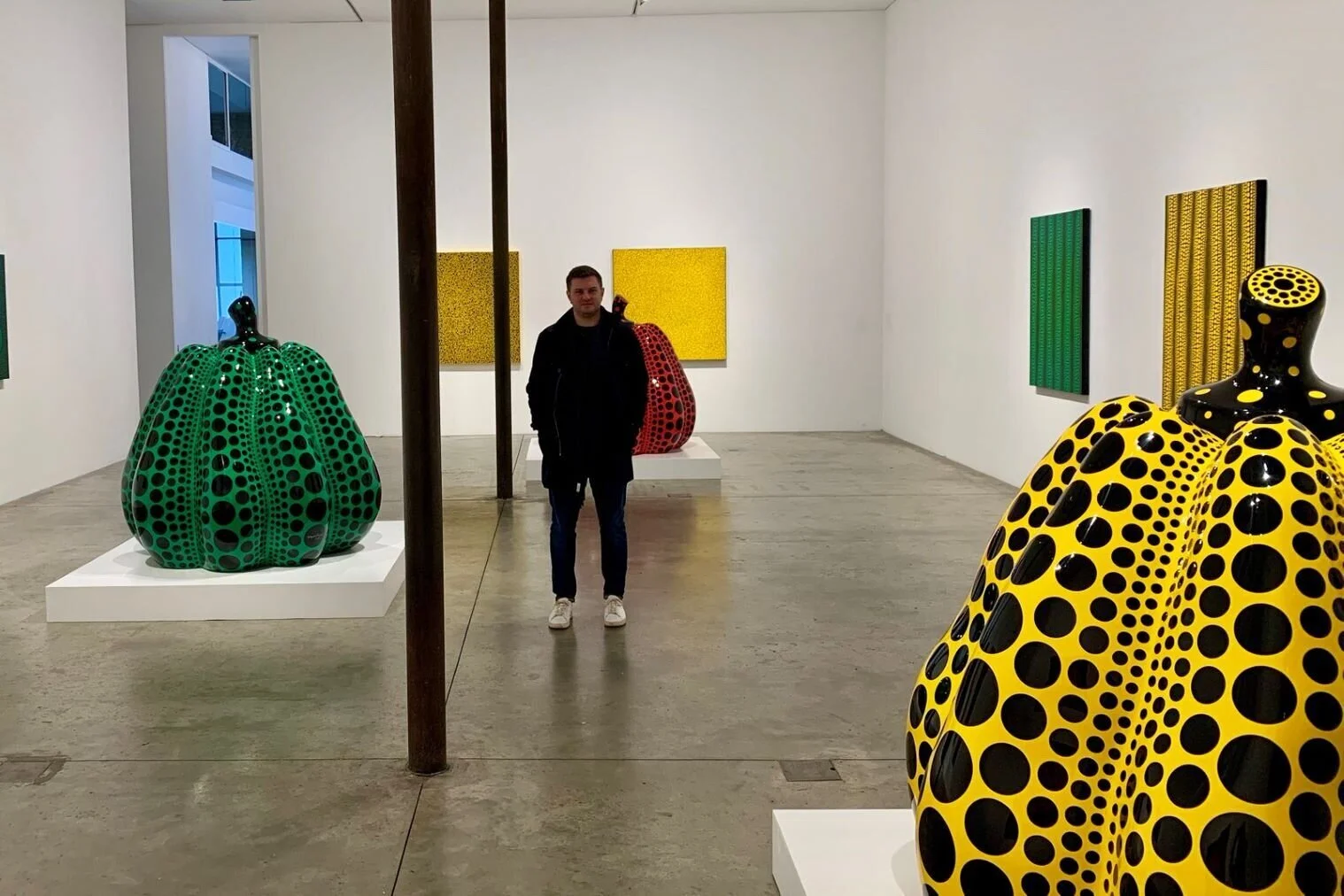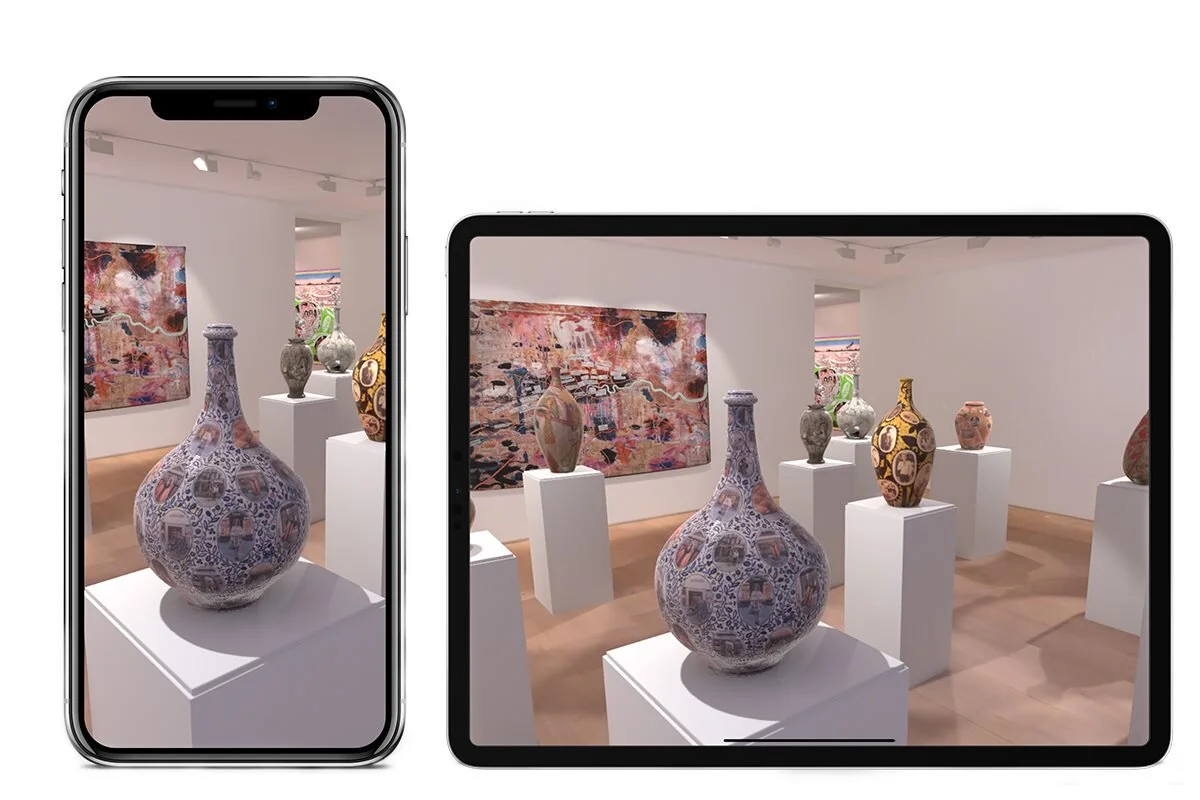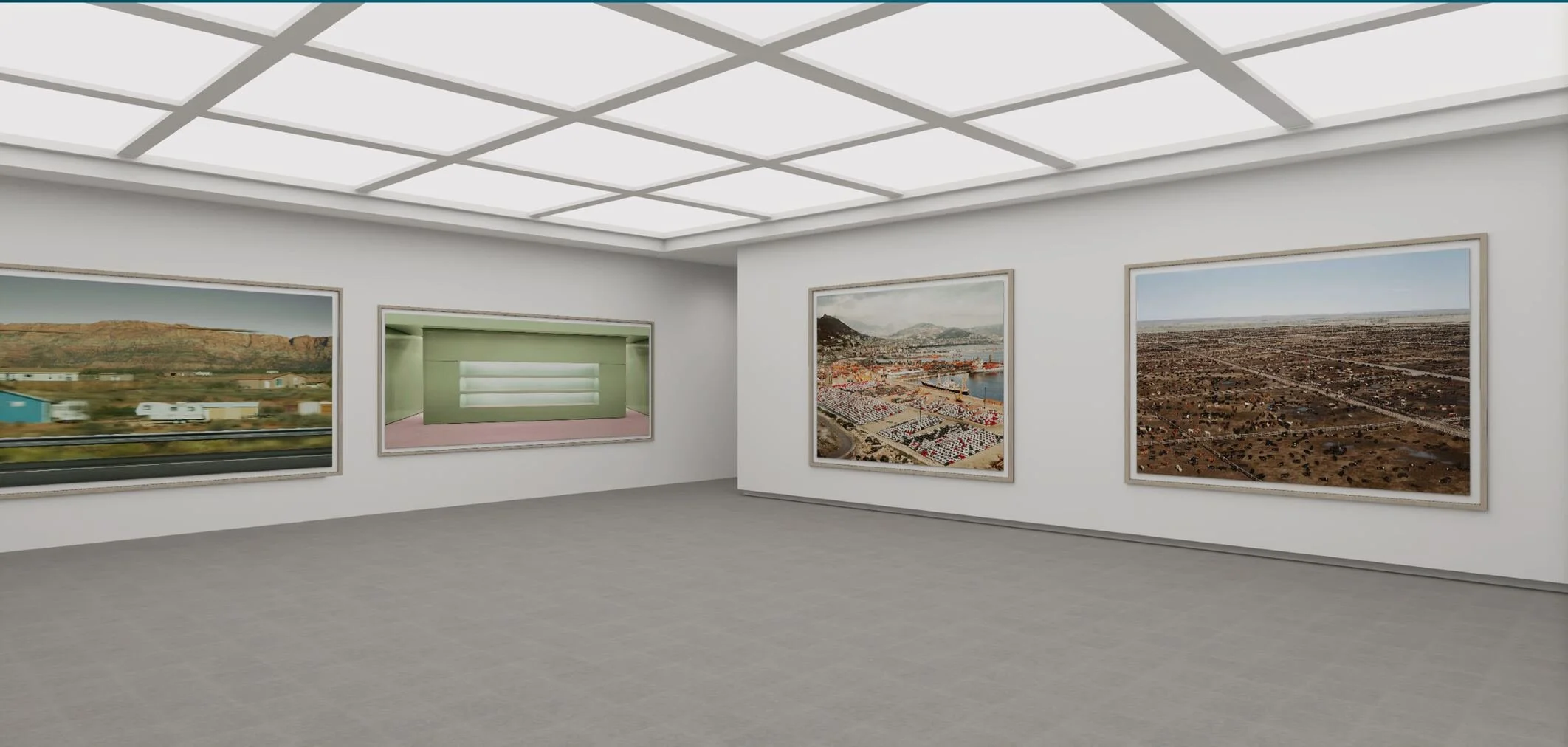Anindya Sen in Conversation with Nick Walter, CEO of Vortic
Nick Walter
Vortic is one of the leading art world platforms offering customised, immersive technology-based solutions to galleries, institutions and collectors founded in early 2020 by Oliver Miro, son of leading art dealer and gallerist Victoria Miro.
Sotheby’s Institute of Art alumnus Anindya Sen spoke to Nick Walter, CEO of Vortic, to discover more about the platform – its features, the recent projects and its strategies for innovation and business growth.
Anindya Sen: Can you briefly introduce us to Vortic?
Nick Walter: Vortic is an ArtTech platform which aims to provide the best digital experience to the art world. Our bespoke technology enables commercial galleries, museums and collectors to create 3D exhibitions in the virtual environment and publish them to web, smartphone and tablet applications and also VR applications. One of our core values is that we are art-led, the art always comes first. We really appreciate how the art was created, how the artist would like the art to be represented, and those values are deeply embedded in our product development and how we do things. We are focused on creating a product that does justice to the artwork itself first and then provides a great viewing experience for people experiencing it. Vortic is not here to replace physical exhibitions, it is more about complementing them and also making art more accessible to global audiences.
Transgressions, Women Who Question - Part I,
Virtual Presentation on Vortic.
Works courtesy Art Nexus, Voluspa Jarpa and Regina José Galindo.
AS: Your platform offers two products Vortic Curate and Vortic Collect. Could you please explain their target audience and how they work?
NW: Vortic Curate is our bespoke CMS system and it enables galleries to create 3D exhibitions and events. It is very easy to use. The gallery uploads their artworks to the system, creates their artist profiles and then these 2D images or 3D scans of artworks can be placed inside of a virtual gallery environment. The environment can be the replication of a physical space, something conceptual or something that we have created. If it is a 2D artwork that is wall hung, they can add frames, glass options, different textures and lighting effects. Then they can install the exhibition. They can do that digitally without even hanging in a physical space and it does not have to be an exhibition that has been created before. It could also be useful for a collector, or it could be an artist that the gallery would like to work with but they have not got room in their physical programme. Once they have created that exhibition, they run it through Vortic’s rendering pipeline which adds all the special effects including a complex lighting system designed with the lighting teams from galleries and museums that exactly replicates the lighting options a gallery space would offer. The final rendered exhibition is then published to our suite of applications.
Vortic.art and Vortic Collect are the web and mobile app platforms on which those exhibitions are published and made available - either to the public or to private, invitation-only audiences.
One of our recent innovations is the Events platform that enables galleries to take collectors or general audiences from anywhere in the world on virtual tours of their exhibitions. These ‘Vortic Sessions’ make the process of getting multiple people to an exhibition more sustainable; while providing a premium, unique and engaging experience at the same time.
AS: Can you also share what immersive technologies you use to create these virtual exhibitions?
NW: We are working with two different immersive technologies. First is Virtual Reality (VR) which is experienced via a VR headset such as the Oculus Quest 2, which provides wireless functionality so you can easily put the headset on, you don’t have to have a high-powered computer. You can walk around while being really immersed in the virtual space. Our VR app is available privately right now and will be publicly available in the coming months.
We are also using Augmented Reality (AR) via smartphone and tablet which enables you to place a piece of artwork inside your home or office - wherever you may be. So, if you want to see an artwork in context and in scale, you can place it in your home with the app first, when considering to buy. Taking of example a 3D sculpture, you want to take a closer look, you put it on your table top at home and walk around it and are able to look at the display through the smartphone or the tablet.
A mockup of the Vortic Curate App showing a VR representation or Grayson Perry's exhibition Super Rich Interior Decoration at Victoria Miro.
All works © Grayson Perry, courtesy Victoria Miro
AS: You launched Vortic right at the beginning of the pandemic. Where have you been able to reach in terms of the roll out with respect to product features, galleries and geographies?
NW: Due to the pandemic, we were actually unable to launch our VR app as we could not get headset units with their supplies being disrupted out of Asia. So, we launched Vortic with our versions for smartphone and tablet applications, and followed it later in the year with Vortic.art which meant that now the exhibitions could be enjoyed on a computer on a bigger screen. We initially launched with the exhibition ‘Side by Side’ which was a joint presentation between Victoria Miro and David Zwirner.
Because our offering is digital, we have been able to work with galleries and museums across the world. That’s been perfect during the pandemic. Earlier this year, we hosted the Female Voices of Latin America, which featured over 150 living female artists from 19 countries across the region. It was presented by more than 60 international galleries and institutions. Not only was it a great presentation to raise awareness of female Latin American artists and their work, it also showed the true potential of the Vortic platform in hosting big group exhibitions where art with purpose can thrive and we are not restricted by those geographical restrictions that you get with physical exhibitions.
Inferno Tropical, Virtual presentation on Vortic.
Works Courtesy MADC Costa Rica.
AS: In the last one-year, it is not just digitisation of physical art experiences that has exponentially grown. Art that is purely digital in terms of both creation and display has also really taken off. What is Vortic’s approach to cater with that?
NW: We are actually doing a project this year which is an artist-led project where some of these things will be brought to life – so more digital only artworks presented in immersive spaces, really experimenting with the environment in which the artwork is exhibited as well. We didn’t create the platform solely to enable galleries and museums to replicate physical shows. We are really keen to push the boundaries, work with artists, work with galleries and be able to explore the medium and help them present both purely digital or physical works.
AS: In April, theVOV brought together fifteen of the UK’s prominent art museums and institutions which showcased some of their past exhibitions on the Vortic platform. How did that come about and what was Vortic’s role to bring it to life?
NW: Before Vortic’s existence, shows that transcended time and space were not possible. It was very difficult to display archival shows. Two organisations, Outset Contemporary Art Fund and Visualogical, had the initial concept and formed theVOV as the collective group for this initiative. They were able to organise the institutional partners and we were able to facilitate everything on the tech side working with theVOV and the institutional partners to create the exhibitions and put them on display.
theVOV was a huge logistical undertaking. It was really positive for the art world to be able to do this during the lockdown. We created fifteen environments where the work was previously hung in spaces like Tate and Hayward Gallery. They were then uploaded to our platform, and we were then able to create the shows in Vortic using our technology. Some of the 3D sculpture works were recreated digitally, while a lot of the 2D works were taken from the digital photographs that the galleries had. We were able to put it all together and bring it to life. It did not really matter where the art was in the world, because we could work purely from digital content.
theVOV’s virtual representation of Andreas Gursky’s 2018 exhibition, Hayward Gallery on Vortic (2021).
AS: What are your current focus areas and key strategies when it comes to the product and business development for Vortic?
NW: First off, there is so much more to come from a product’s perspective. We have only recently released our events functionality which is called Vortic Sessions and this is very much in its infancy. It is meant for art specific events and we are very keen to work more closely with our gallery partners to help them unlock the potential that our platform has to offer and help them take their audience engagement and digital presentation to a new level. Our main focus is commercial galleries, museums and institutions. We are also starting to work more closely with collectors who want their collections to be enjoyed by a greater number of people. We have a product launch coming up towards the end of the year which is going to be more social and it is really going to open people’s minds and imagination to what is possible using some of these mediums.
AS: What are the one or two aspects about immersive technology applications that you are really excited for, the possibilities they hold in transforming art and culture experiences?
NW: From my perspective, based on some of the key developments going on inside Vortic, I am very excited about the social side of digital arts and culture experiences - how can we experience and connect deeply with art while being with friends and family from anywhere in the world? It is always a special experience to visit physical exhibitions for anyone, and we are trying to recreate those special experiences in digital. I am also excited by part of that whole experience that we do at Vortic around spatial audio. I think audio has a big role to play in arts experiences in what you see visually and how we engage more of our senses, whilst in these cultural experiences.
Thank You, Nick.
To learn more about Vortic, visit their website or follow them on Instagram , Facebook and Twitter.
Images Courtesy of MADC Costa Rica, Art Nexus, Voluspa Jarpa, Regina José Galindo, theVOV, Victoria Miro Gallery, and Vortic.
Anindya Sen,
Contributor, MADE IN BED







